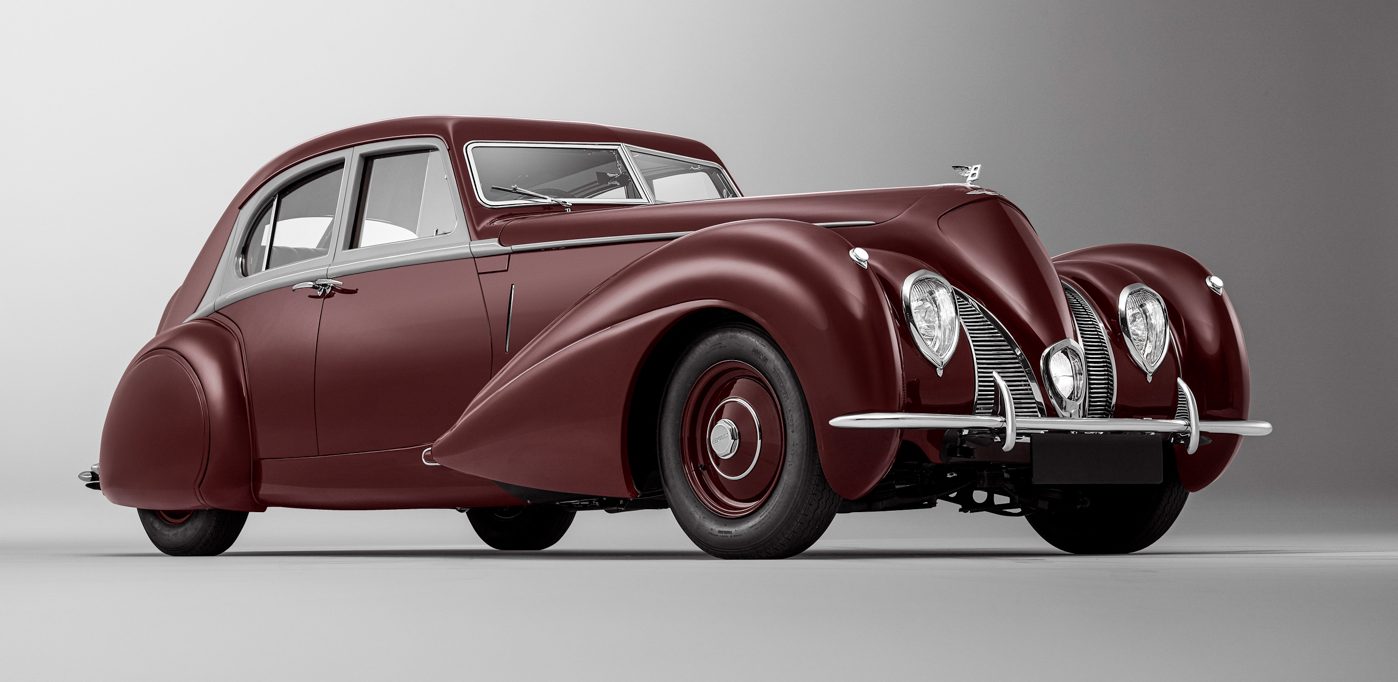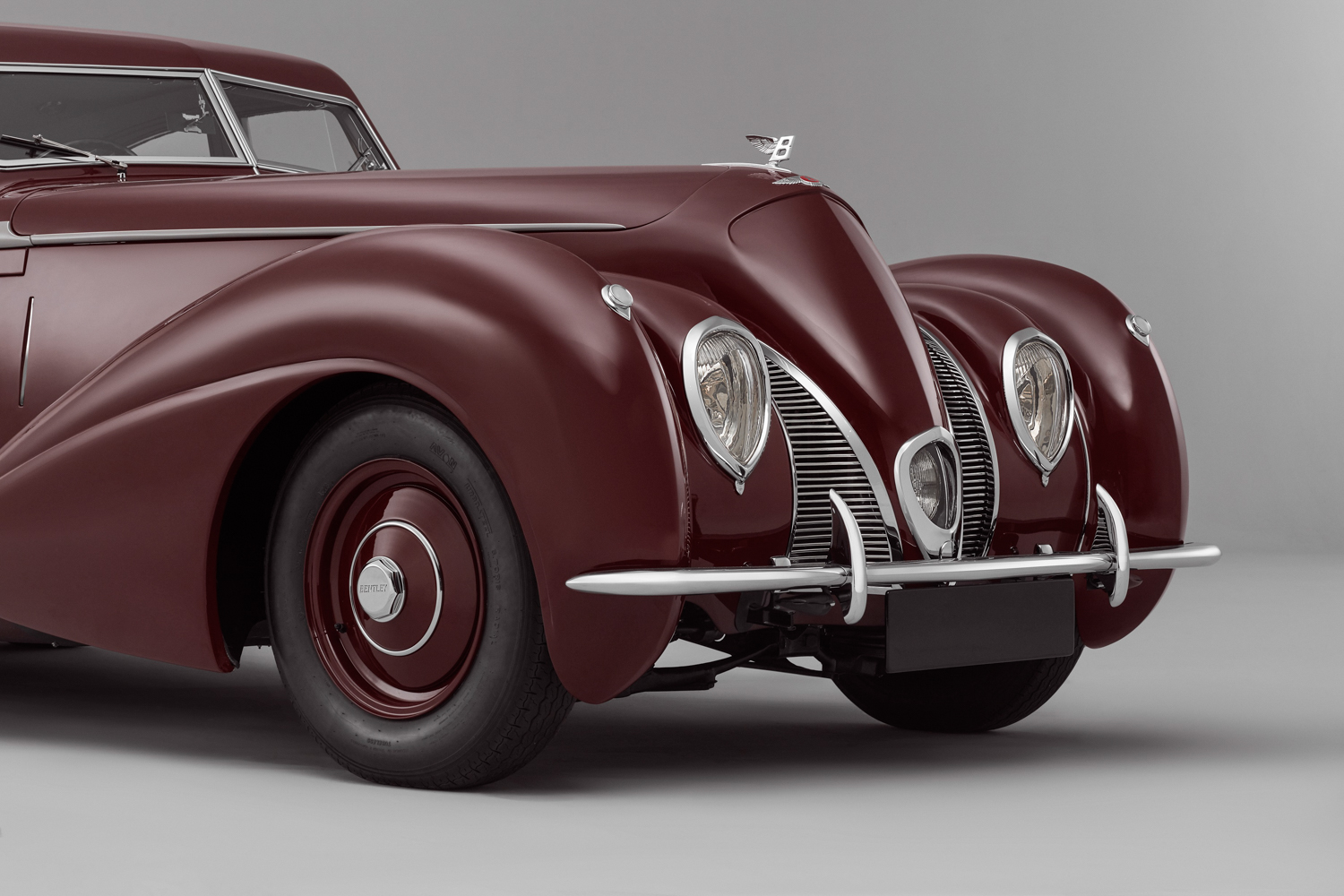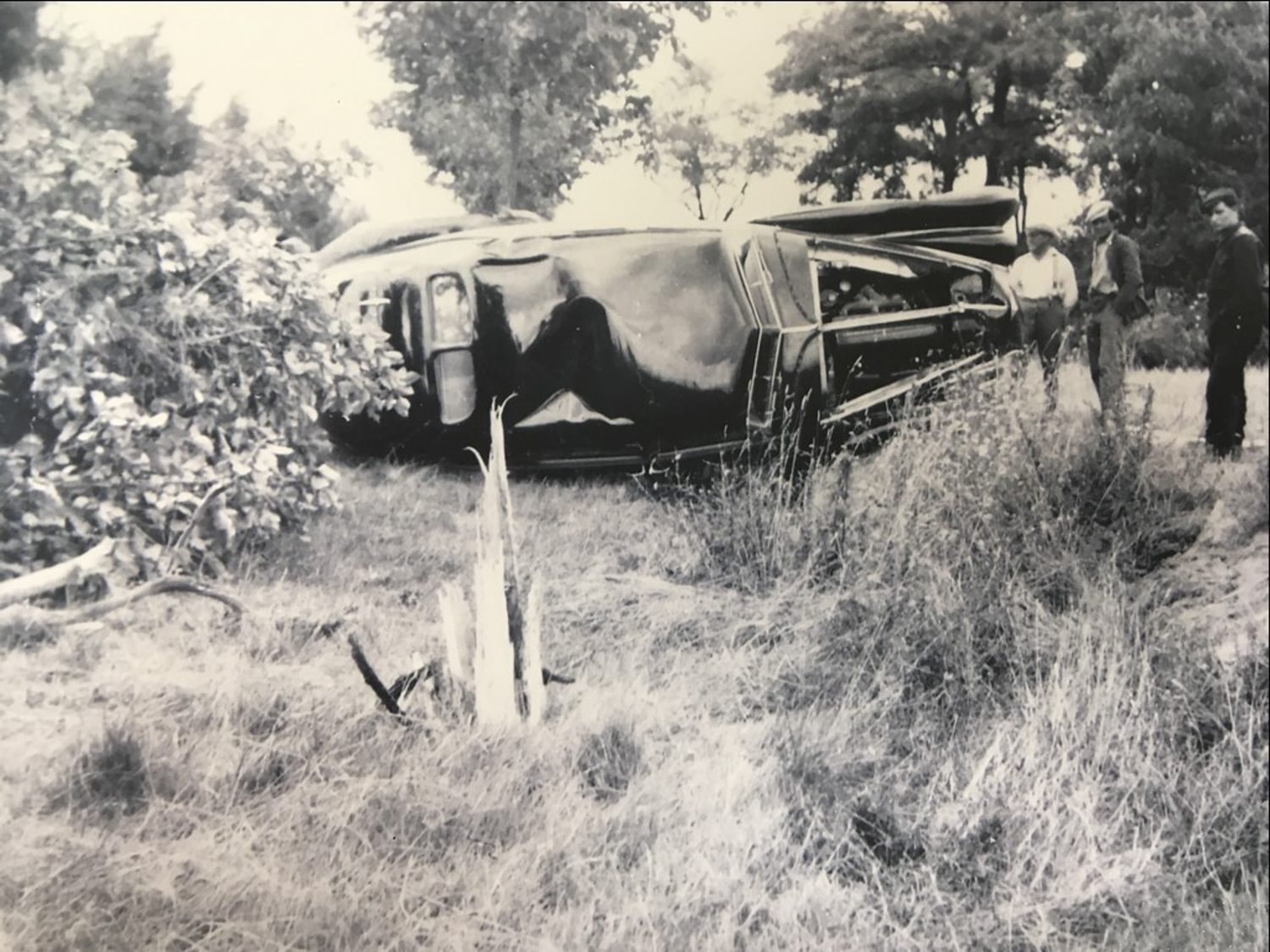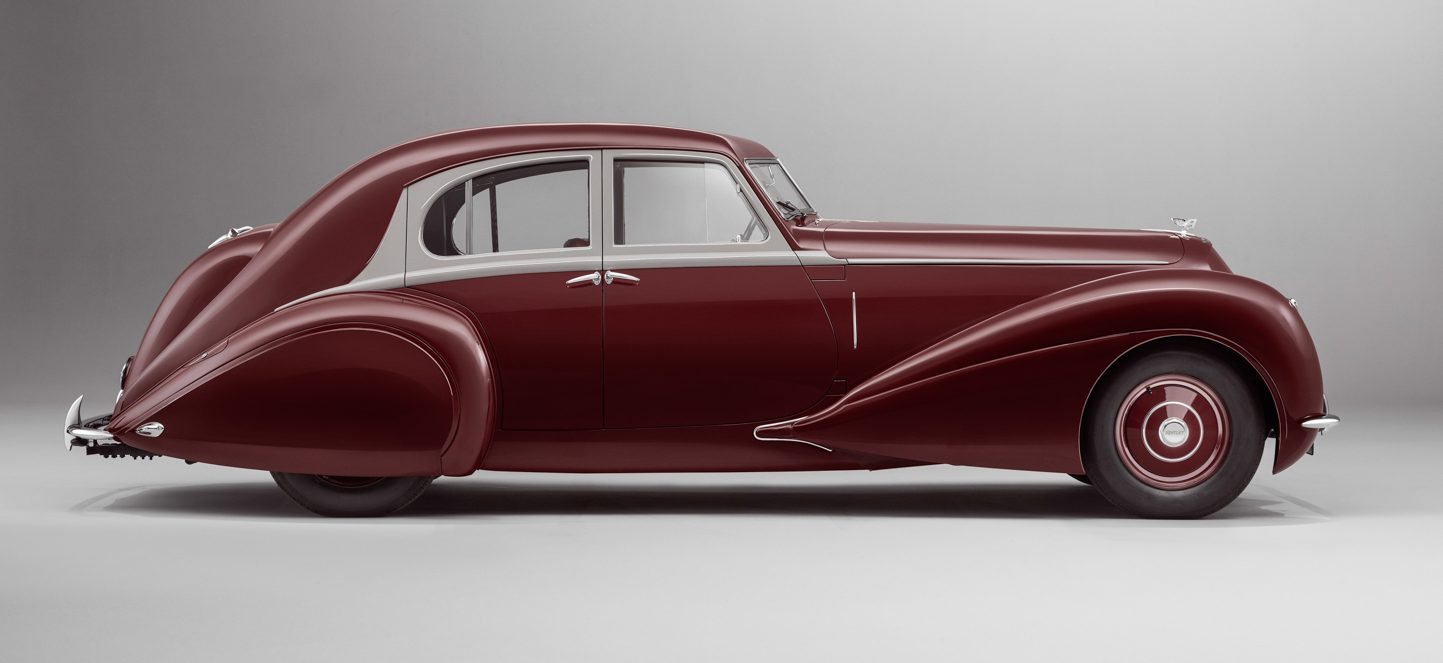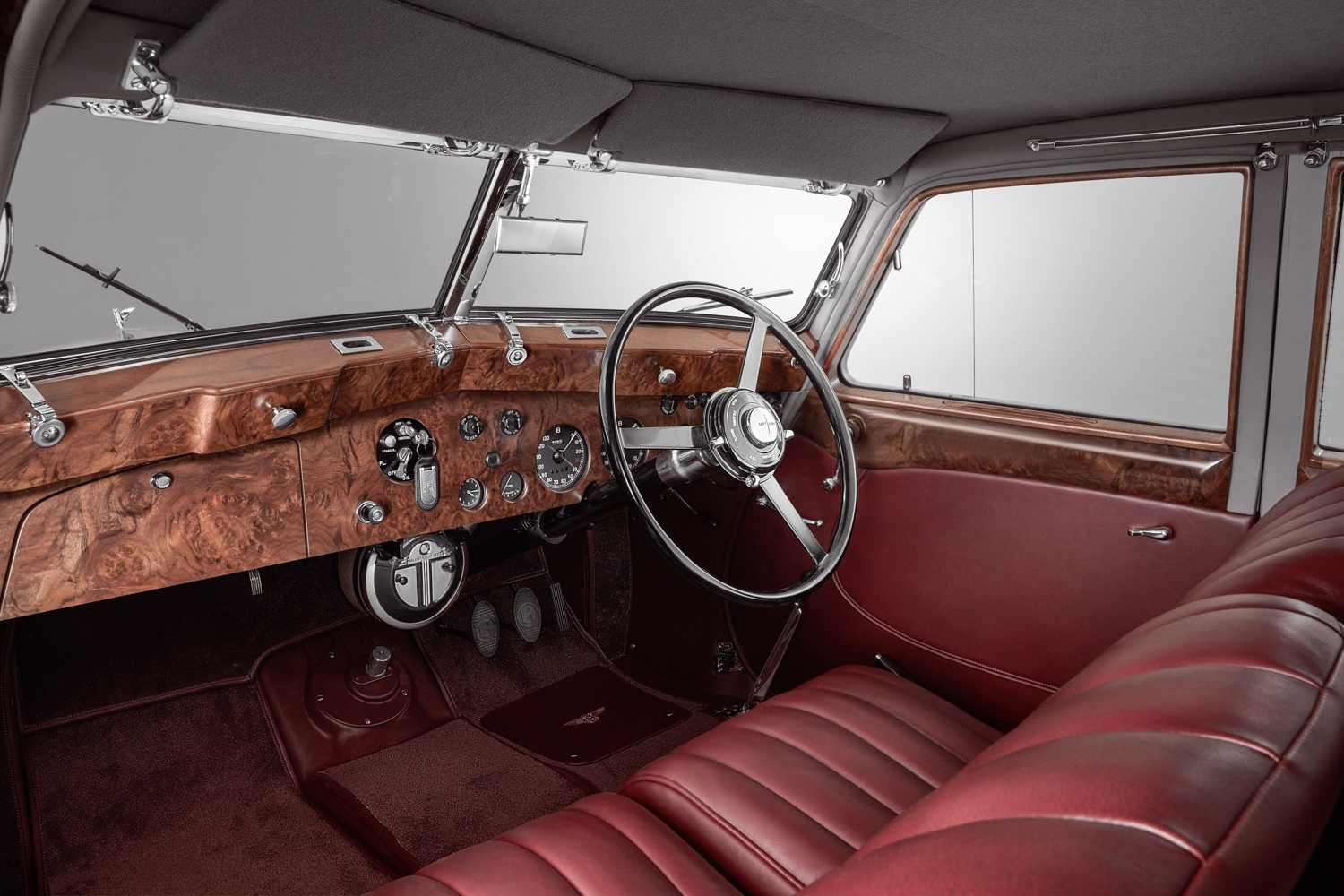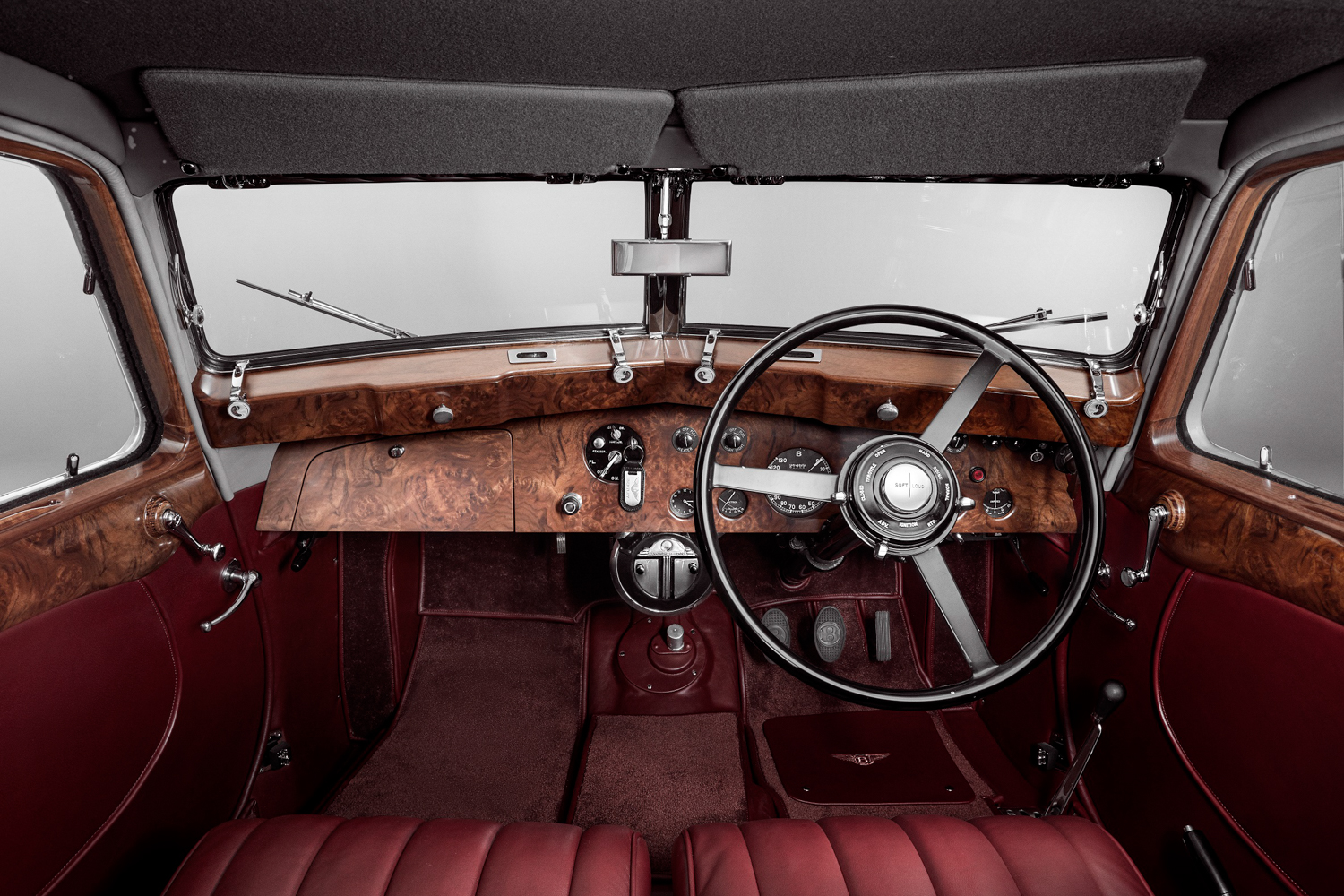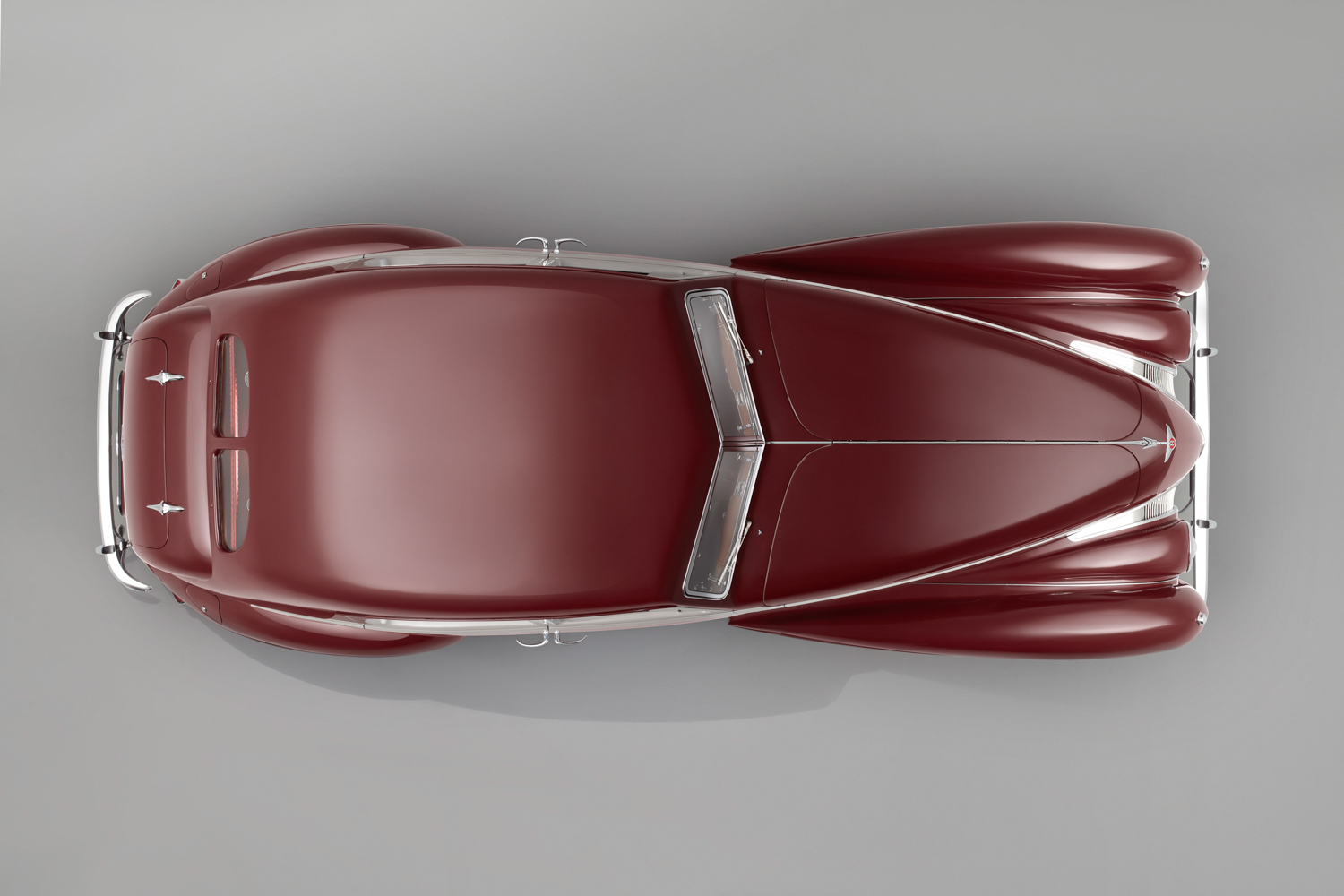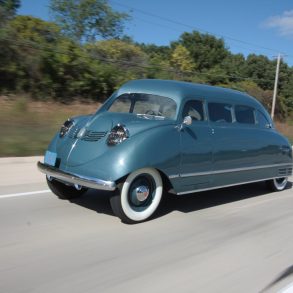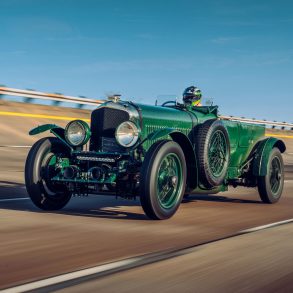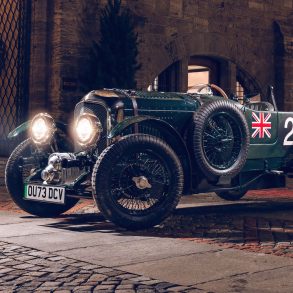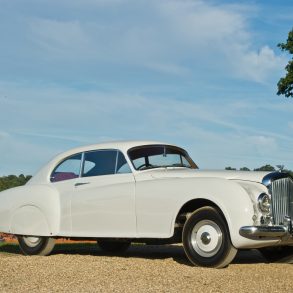Bentley has re-created a long-lost car from its illustrious past that provides a crucial link in the history of its most important models. The ground-up rebuild of the only 1939 Corniche ever made highlights the marque’s pedigree of design and technological innovation, the breadth of skills within Mulliner’s bespoke division, and connects the fabled Embiricos 4¼ Litre and R Type Continental.
The Original 1939 Corniche
In the late-1930s, Greek racer André Embiricos commissioned a sporting Bentley, based on the old 4¼ Litre chassis. It was styled by talented designer Georges Paulin, and built by French coachbuilder Pourtout. Although privately commissioned, it was much-admired and secretly encouraged among Bentley engineers and management, who were convinced that the factory should produce a more sporting version of the forthcoming MkV saloon.

It was agreed that the Corniche should be built to investigate the idea. It would have a lightweight chassis, built from thinner-than-standard gauge steel, fitted with a tuned version of the MkV engine matched to an overdrive gearbox created to suit. The Corniche was built as a collaboration between Bentley and third parties such as Georges Paulin, the French car designer who designed the bodywork and Carrosserie Vanvooren in Paris who made the bodywork.
The car was completed by May 1939 and tried out at Brooklands race circuit, where it achieved well over 100mph – a significant improvement on the standard MkV. Streamlining had only just started to be adopted on production cars of the period, so the smooth lines of the Corniche were ahead of their time. It had at least been recognized that the huge upright radiator of a traditional Bentley adversely affected the top speed, and the smoothed nose of the Corniche was a direct reaction to that understanding.
The pillarless body, with front and rear-hinged doors was also extremely innovative for the period, and the complicated curves of the front wings and the long sweeps of the rears were a long way from the typical designs of the period. In staid 1930s Britain, this was pure fantasy-made-real.
After Brooklands, the Corniche went to France for road testing, but in July 1939 it was damaged by a bus and returned to Vanvooren for repairs and body improvements. When completed, on August 8, it was collected by a Bentley test driver, who headed straight for the Bentley depot at Chateauroux, where the testing was based. It was as he neared the HQ that a car pulled in front of the Corniche, causing the Bentley test driver to swerve and hit a tree. The car rolled onto its side, causing extensive damage.
The Corniche was due to be displayed at the Earls Court and Paris motor shows later that year, so there was no time to lose. The body was removed from the chassis, and the chassis returned to Crewe, while the body went to a local repair shop in France.
The Corniche body was eventually completed in France, and transported to Dieppe to be shipped home. However, an administration error at the docks caused a delay, and while the Corniche body was stored waiting to be shipped it was destroyed when Dieppe was heavily bombed during WWII.
The only car of its type now in existence thanks to the skills of Mulliner, the Corniche was conceived to be a high performance version of the new MkV saloon, itself a technological advance that was due to be launched in October 1939.
The styling of the Corniche was a radical step forward from the traditional Bentleys of the 1920s and ‘30s, introducing ‘Streamlining’ to help deliver greater speed and performance, and heavily influenced post-war models from the R Type Continental right through to the current Continental GT.
Corniche Resurrection
The project was originally started several years ago by volunteers from the WO Bentley Memorial Foundation and the Sir Henry Royce Memorial Foundation, but was brought in-house in February 2018 under the watchful eye of Chairman and Chief Executive Adrian Hallmark, who asked for it to be completed in 2019 to celebrate Bentley’s centenary.
“The 1939 Corniche was a clear step in Bentley’s design language which is evident when set aside the later and now iconic R Type Continental. It is a pivotal car in the history of Bentley, demonstrating that even then, this great British marque was at the cutting edge of design and technology,” comments Hallmark. “Mulliner’s stunning recreation of the Corniche clearly demonstrates our skill in restoring the greats from Bentley’s back catalogue as well as making beautiful personalised modern Bentleys.”

As Mulliner’s first historic car project, the Corniche has demonstrated the full breadth of the division’s coachbuilding and restoration skills and capabilities.
Using only the original technical drawings and the skills of the men and women of Mulliner, Bentley’s in-house bespoke and coachbuilding division, this unique Corniche has been rebuilt in Crewe using original Corniche and MkV mechanical components and a completely re-made body, identical in every detail to the original.
“It’s been a fantastic team effort,” said Stefan Sielaff, Design Director at Bentley and Director of Mulliner. “We have highly skilled craftsmen within Mulliner and around the rest of Bentley Motors, and they all have massive pride in what they’ve achieved with this car.”
The Corniche will make its first public appearance at Salon Privé at Blenheim Palace in September and will join Bentley’s Heritage fleet, which already includes WO Bentley’s 8 Litre and the Birkin Team Blower, to be used and exhibited at events around the world.


